The thieves broke into the Green Vault at Dresden's Royal Palace — home to around 4,000 precious objects made of ivory, gold, silver and jewels — after a power cut deactivated the alarm at dawn Monday.
READ ALSO: 'Up to a billion euros' of jewels and antiques stolen from Dresden museum
Museum directors had earlier feared much of three sets of diamond jewellery in the collection were snatched, but the loss turned out to be more limited than thought.
“The criminals didn't manage to take everything,” the director of Dresden's state art collections Marion Ackermann told public broadcaster ZDF on Monday evening.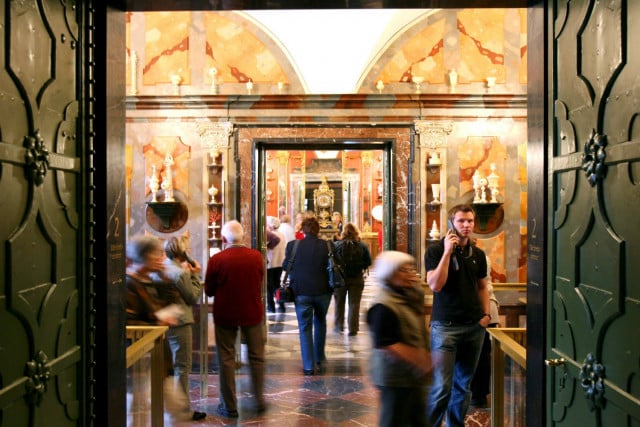
Archive photo shows visitors inside of the Green Vault. Photo: DPA
Nevertheless, the stolen items are “of inestimable art-historical and cultural-historical value,” she said.
“We cannot put an exact value on them because they are priceless,” said Ackermann, adding she was “shocked by the brutality of the break-in.”
The thieves launched their brazen raid after having set off a fire at an electrical panel near the museum in the early hours of Monday, deactivating its alarm as well as street lighting, police said.
Despite the power cut, a surveillance camera kept working and filmed two
men breaking in.
A video released by police showed one of the men, armed with a torch, using an axe to smash the display case.
“The whole act lasted only a few minutes,” said police in a statement.
The suspects then fled in an Audi A6 and remain on the run.
The apparent getaway car was found on fire later elsewhere in the city, said police, adding that the vehicle was being examined for clues.
Bild daily said the heist was “probably the biggest art theft since World
War Two”.
'Brutality'
At dawn on Monday, a fire had broken out at an electrical panel nearby, deactivating the museum's alarm as well as street lighting, police said, adding the investigations were ongoing to determine if there was a link to the robbery.
Despite the power cut, a surveillance camera kept working and filmed two men breaking in.
The thieves had smashed a window and cut through a fence before “approaching in a targeted manner a showcase, which they destroyed”, head of Dresden police Volker Lange said.
Using an axe, they smashed a window and cut through a grill before making their way to a display case “in a targeted manner” and destroying it, police said.
They then fled in an Audi A6 and remain on the run.
Ackermann said she was “shocked by the brutality of the break-in.”
Founded by Augustus the Strong, Elector of Saxony in 1723, the Green Vault is one of 12 museums which make up the famous Dresden State Art Collections.
One of the oldest museums in Europe, the Green Vault holds treasures including a 63.8-centimetre figure of a Moor studded with emeralds and a 547.71-carat sapphire gifted by Tsar Peter I of Russia.
The museum is now made up of two sections — a historic part and a new part.
And its historic section, which contains around three-quarters of the museum's treasures, was the one broken into on Monday.
With a strict limit on the number of daily visitors, entrance to the historic vault can only be reserved in advance.
Exhibits are arranged into nine rooms, including an ivory room, a silver gilt room and the central “Hall of Treasures”.
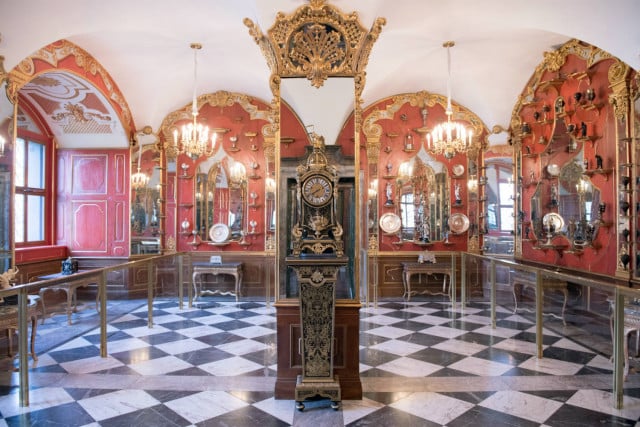
The 'White Silver Room' of the Green Vault, one of its nine rooms, in April. Photo: DPA
One of its most valuable pieces, the green diamond, is currently on loan to the Metropolitan Museum of Art in New York, where it is a headline attraction in the temporary exhibition “Making Marvels: Science and Splendor at the Courts of Europe”.
After the Royal Palace suffered severe damage in World War Two, the Green Vault remained closed for decades before it was restored and re-opened in 2006.
'Hard-earned' treasures'
For Saxony's state premier, the heist went beyond the value of the artefacts stolen.
“The treasures that are found in the Green Vault and the Dresden Royal palace were hard-earned by the people of Saxony over many centuries,” Michael Kretschmer said.
“One cannot understand the history of our country, our state without the Green Vault and Saxony's State Art Collections.”
In 2010, the museum hosted a meeting between Chancellor Angela Merkel and then president of the United States Barack Obama, on the latter's first state visit to Germany.
Monday's theft is the second high-profile heist in Germany in recent years, after a 100-kilogramme, 24-carat giant gold coin was stolen from Berlin's Bode Museum in 2017.
Germany's culture minister Monika Gruetters said that protection of museums and cultural institutions was now of “the highest priority”.
“The theft of items which make up our identity as a nation of culture
strikes at our hearts,” she said.
By Kit Holden

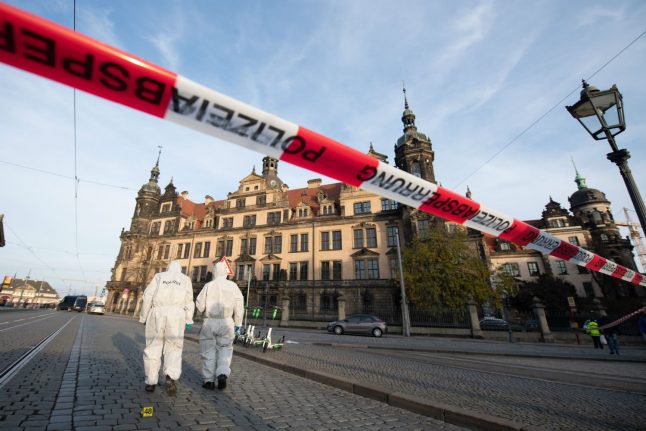
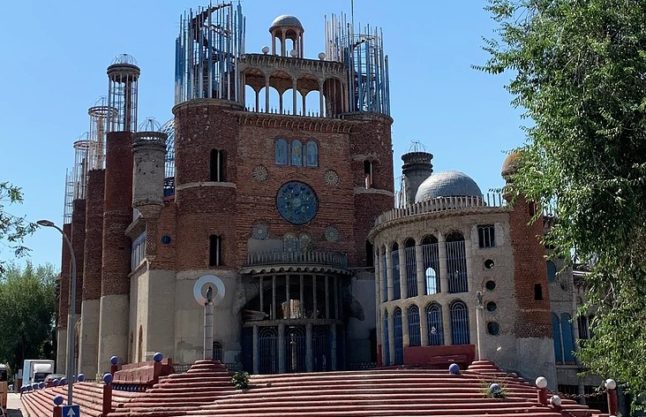
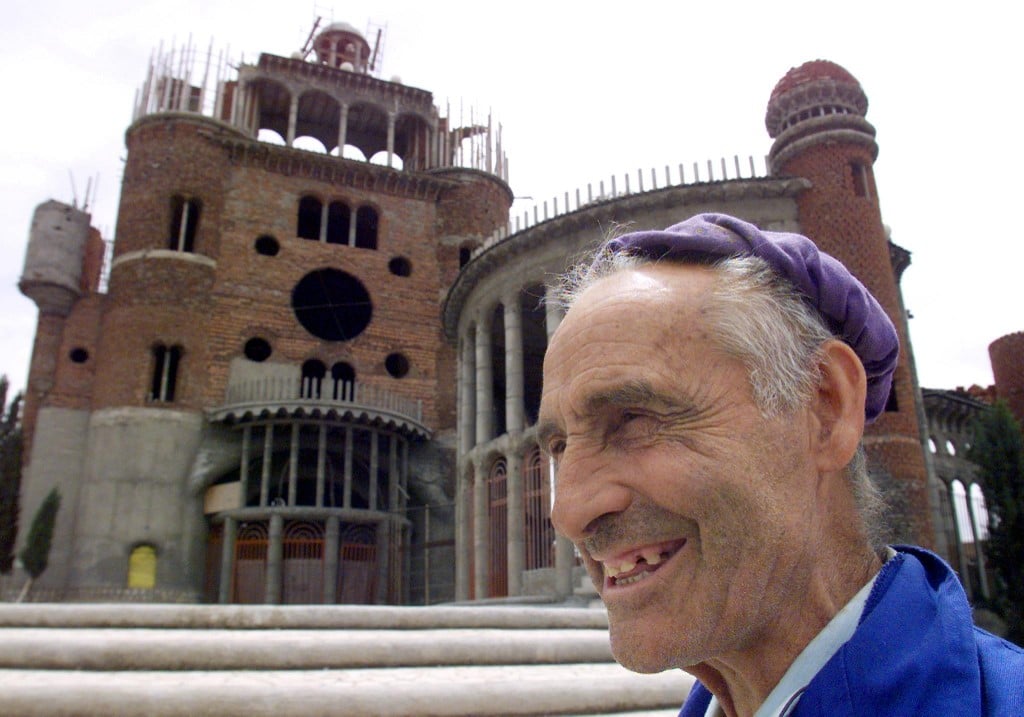


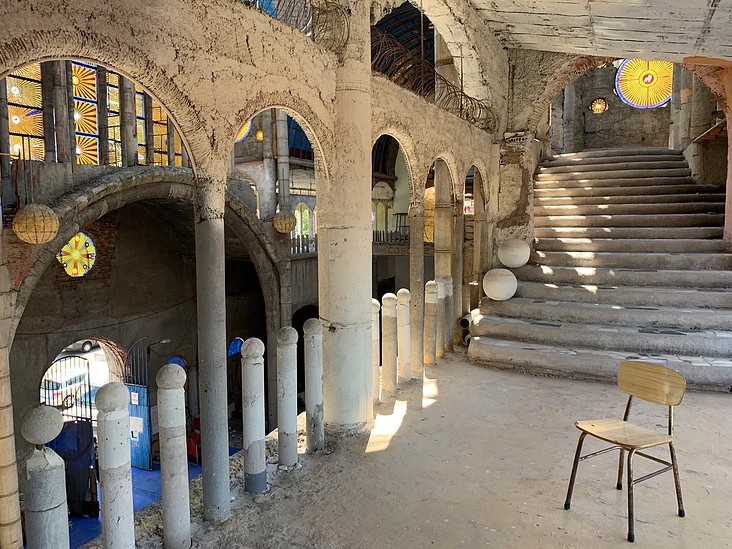

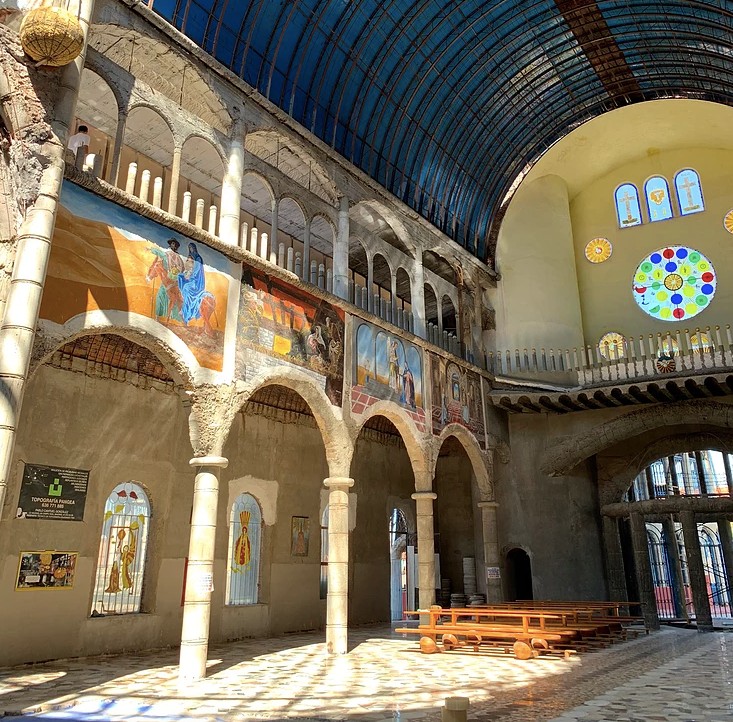

 Please whitelist us to continue reading.
Please whitelist us to continue reading.
Member comments